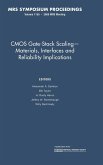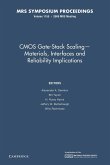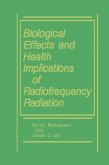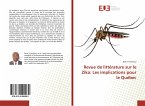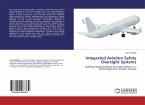This research study evaluates the role of policy regarding the use of automation in flight on the safety of aviation in the United States. Specifically, following the investigation of several high-profile aircraft mishaps that identified misuse or overuse of automation at inappropriate times during flight, several best practices have developed among airline operators as to the acceptable use of flight automation. However, there has never been a coordinated governmental policy on the use of automated equipment, procedures, or communication promulgated by the Federal Aviation Administration (FAA), the International Civil Aviation Organisation (CIAO), or industry work groups. While there has been considerable research among social scientists on the impact of human error and misunderstanding on automated systems, and while great progress has been made in the area of human factor consideration in designing air planes and the systems used to control them, there has been little research on the public policy aspect of these considerations. Even though the FAA has established a research group specifically dedicated to the impact of human factor considerations on flying (Chandra & Gray hem, 2012), there has been no subsequent discussion on the policy changes those results should dictate.



